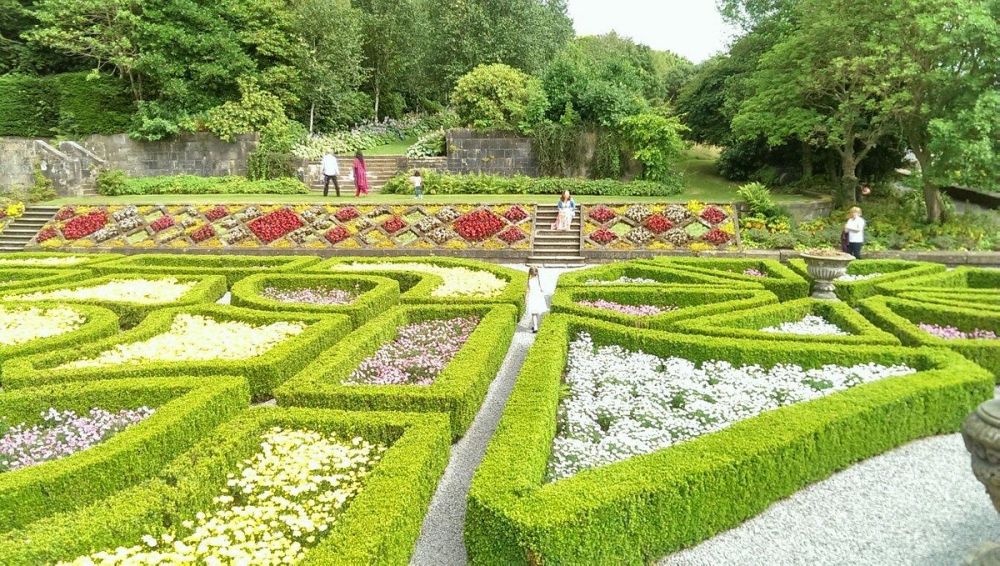

Pollok Country Park, the largest park in Glasgow, has been a treasured destination for both locals and tourists for several generations. Its rich history and scenic beauty make it one of the most beloved green spaces in the city. As we delve into the history of tourism in Pollok Country Park, we uncover the pivotal role it has played in Glasgow's social and cultural development.
The lands of Pollok were originally part of the extensive territories governed by the Maxwell family. In the early 20th century, Sir John Stirling-Maxwell played a crucial role in shaping the park. He was a pioneering environmentalist and the Chairman of the National Trust for Scotland. Under his guidance, significant parts of the estate were donated to the city of Glasgow in 1966 with the condition that it would remain a public park.
A central aspect of the park's history and its tourism appeal is Pollok House, a grand country house that gives visitors a glimpse into the past aristocratic life. The house, administered by the National Trust for Scotland, became a key attraction showcasing classic Spanish art, antique furniture, and period costumes.
Another major point of interest is the Burrell Collection, a purpose-built museum that opened in 1983. Housing the art collection of shipping magnate Sir William Burrell, its fascinating assortment of medieval art, tapestries, alabasters, stained glass, and works by major artists drew tourists from across the globe, significantly increasing the park's fame as a tourism hotspot.
Throughout the years, Pollok Country Park has provided a venue for a multitude of recreational activities which have appealed to tourists. These range from horse riding and cycling to peaceful walks admiring the beauty of the park's gardens, woodland, and the White Cart Water river that runs through it. Moreover, the park's events including open-air concerts, family fun days, and educational tours have further cemented its place in Glasgow's tourism landscape.
Pollok Country Park has received several accolades, such as being named the best park in Britain in 2007 and Europe's Best Park in 2008. The emphasis on conservation and maintaining its biodiverse environment continues to attract eco-friendly tourism, highlighting the space as a prime example of urban nature preservation.
In recent years, tourism trends in Pollok Country Park reflect a greater demand for eco-tourism and sustainable travel. Visitors are increasingly interested in the park's conservation efforts, wildlife habitats, and its role as a sanctuary for endangered species of bees and butterflies.
The park has adapted to the digital age with the introduction of interactive apps and online resources, enhancing the visitor experience with guided tours and educational materials accessible through smartphones. Additionally, the concept of 'staycations' has bolstered local tourism, with more UK residents choosing to explore the natural and historical treasures within their own country, including gems like Pollok Country Park.
In conclusion, the history of tourism at Pollok Country Park is a vibrant tapestry woven through decades of social change, cultural appreciation, and environmental stewardship. It remains one of Glasgow's most cherished locations, promising a timeless appeal for visitors in years to come.